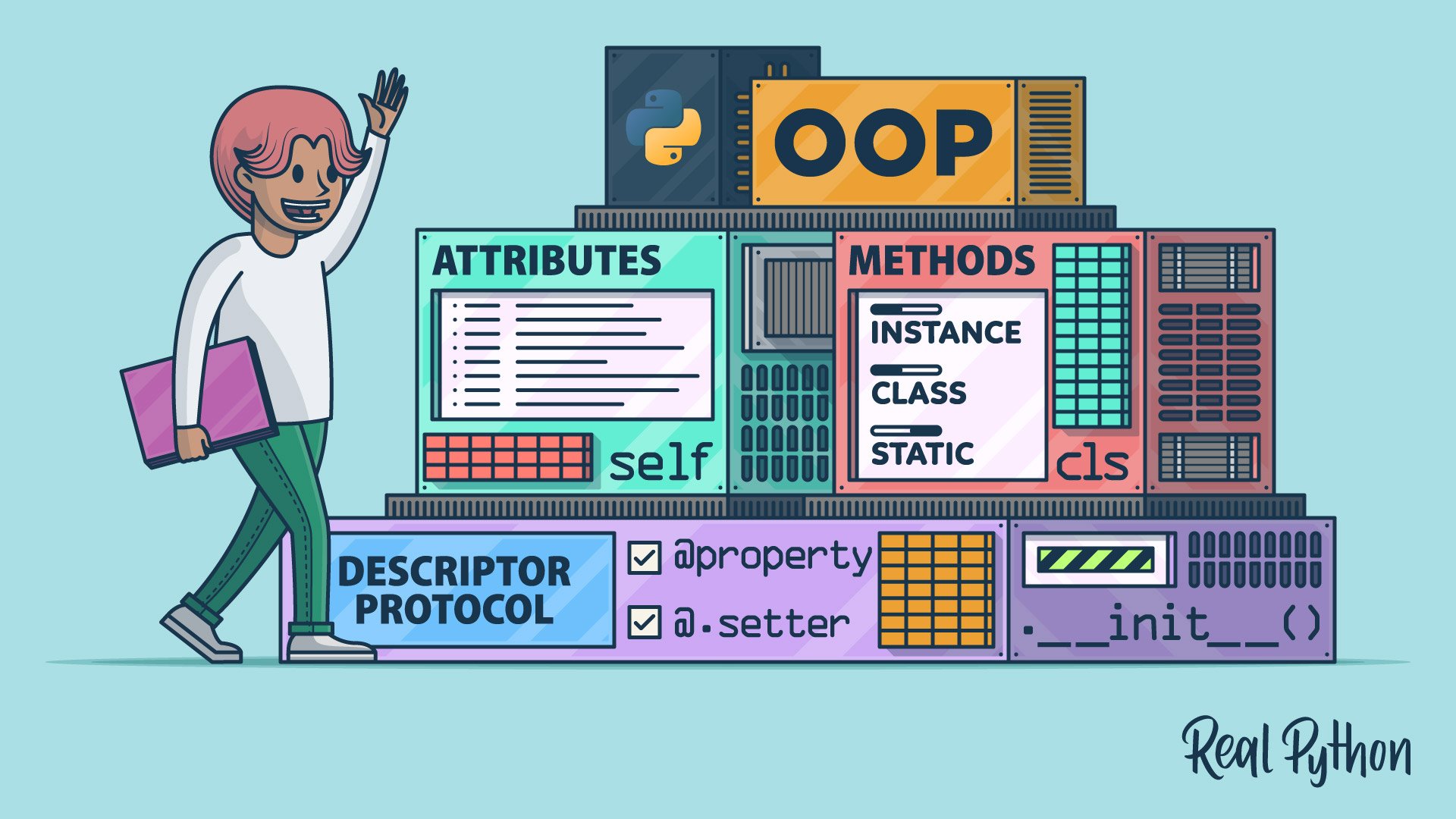method
In Python, a method is a function that is associated with a particular object or class. Methods are typically defined within a class and can be called on objects of that class.
Methods define the behaviors and actions that an object of a class can perform. Methods can take arguments, including a reference to the instance of the class itself, typically named self, which allows them to access and modify the object’s attributes.
Methods are a fundamental part of object-oriented programming in Python. They enable encapsulation and the manipulation of an object’s state.
Example
Here’s a example of a method within a class:
class Dog:
def __init__(self, name):
self.name = name
def speak(self):
return f"{self.name} says Woof!"
# Usage
dog = Dog("Buddy")
print(dog.speak()) # Output: Buddy says Woof!
In this example, the .speak() method is defined within the Dog class and can be called on any instance of Dog. When dog.speak() is called, it returns the string "Buddy says Woof!", demonstrating how methods can interact with object attributes.
Related Resources
Tutorial
Python Classes: The Power of Object-Oriented Programming
In this tutorial, you'll learn how to create and use full-featured classes in your Python code. Classes provide a great way to solve complex programming problems by approaching them through models that represent real-world objects.
For additional information on related topics, take a look at the following resources:
- Python's Instance, Class, and Static Methods Demystified (Tutorial)
- Defining Your Own Python Function (Tutorial)
- Inheritance and Internals: Object-Oriented Programming in Python (Course)
- Class Concepts: Object-Oriented Programming in Python (Course)
- Python Classes - The Power of Object-Oriented Programming (Quiz)
- OOP Method Types in Python: @classmethod vs @staticmethod vs Instance Methods (Course)
- Python's Instance, Class, and Static Methods Demystified (Quiz)
- Defining and Calling Python Functions (Course)
- Defining and Calling Python Functions (Quiz)
- Defining Your Own Python Function (Quiz)

